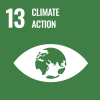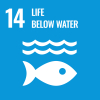Bangsamoro Region, Philippines – In the southernmost island province of Tawi-Tawi, seaweed farming is both a livelihood and a way of life. As far back as Siyulay can recall, his family has always made a living as small-scale seaweed farmers.
For Siyulay, seaweed is much more than just a crop: it is his main source of income and a measure of environmental health. For several years now, he has witnessed first-hand the direct impacts of climate change on his island.

Siyulay is a seaweed farmer from Tawi-Tawi, a province comprising the southernmost islands in the Philippines. Photo: IOM Philippines/Andrea Empamano
Siyulay has been planting seaweed for over 10 years. While farming has largely sustained his family of four, this year has been especially challenging. “It has been more difficult to plant these days, especially with the changes in the climate. The heat is making the water too hot for the seaweed to grow and at times can even burn the seaweed, turning it from red to yellow,” he said.
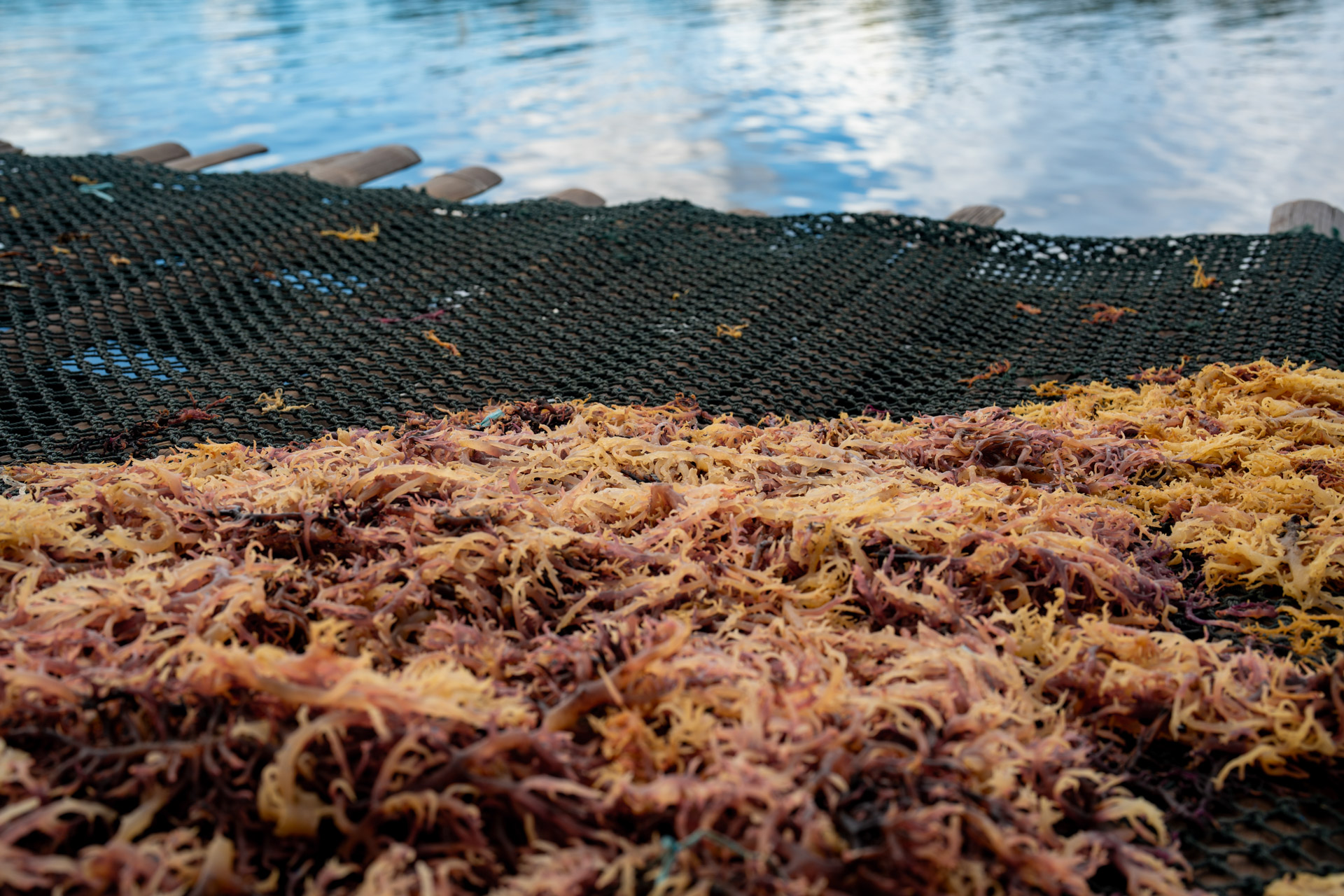
Agal-agal changes color from red to yellow as it is continuously exposed to extreme heat. While normal to see during the drying process, it is now happening while seaweed is still in the water due to increased ocean temperatures. Photo: IOM Philippines/Andrea Empamano
Once a seasonal product, seaweed can now be farmed year-round using fertilizer and a floating method that allows it to grow without touching the seabed. However, the heat is also bringing new diseases that damage the seaweed harvest.
“Once we notice [the disease], we have to take the seaweed out of the water even when it's not ready for harvest and remove the affected areas to contain the spread. This leaves us with a smaller harvest,” Siyulay said.
The challenges faced by seaweed farmers due to extreme heat and drought are further exacerbated by the low prices they receive for their dried seaweed. After harvest, the seaweed is stored in local bodegas or warehouses before being transported to larger markets in Zamboanga City, Cebu, and Manila, where prices are set. This system favours large-scale seaweed farmers who have contracts with traders, making it difficult for small-scale farmers like Siyulay to secure fair prices for their products.
“I try to sell to two traders depending on the price. This year, it has been the lowest I’ve ever seen at PHP 35 (USD 0.60) per kilo. To break even, we need at least PHP 100 (USD 1.7) per kilo considering the costs of fertilizer and gas to plant them. It is really difficult, but what can we do?” Siyulay said.
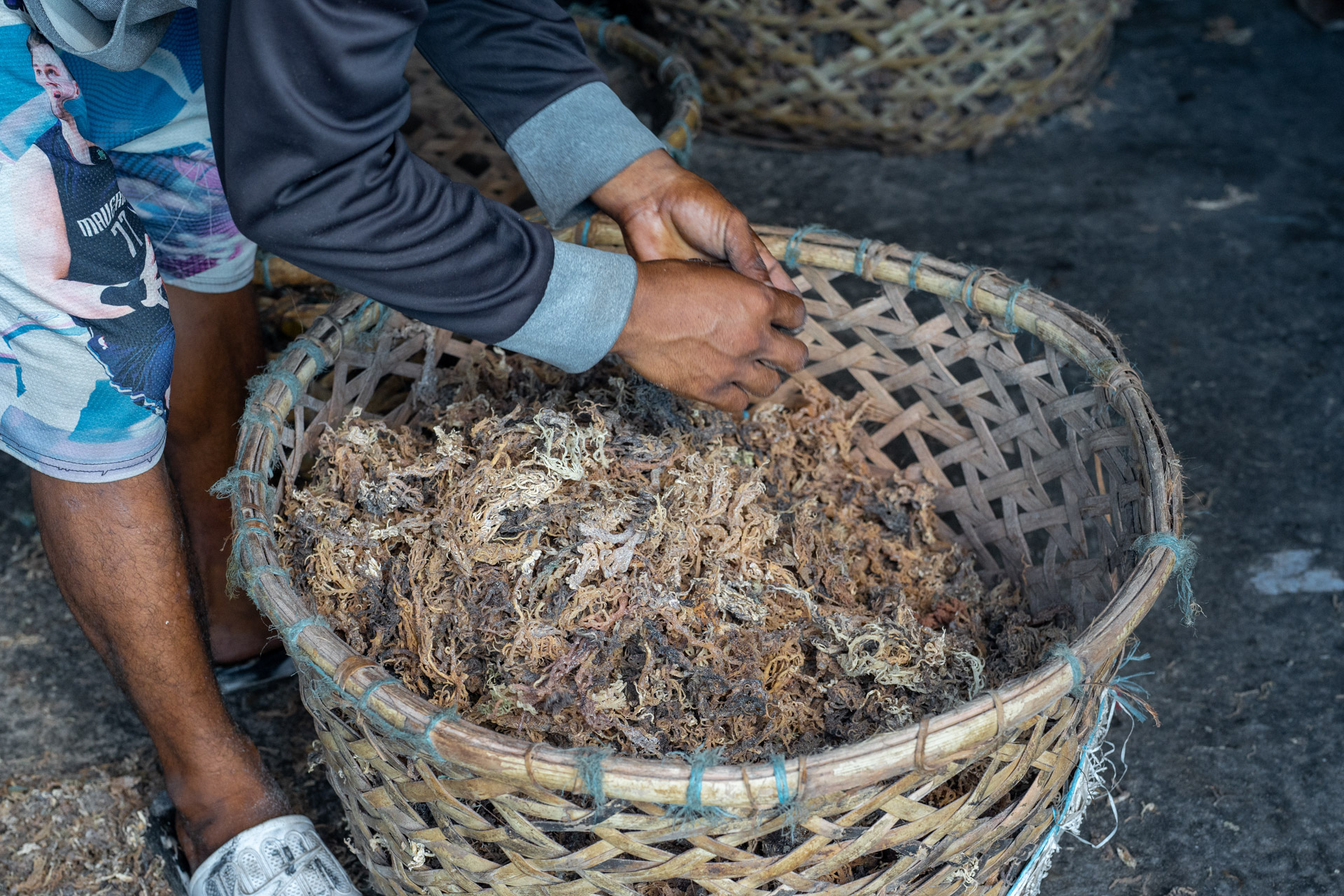
A trader is inspecting a disease-infected seaweed batch and is removing all the affected areas that are visibly white. Photo: IOM Philippines/Andrea Empamano
These challenges forced many farmers to look for alternative livelihoods, such as vegetable farming, or even stop farming altogether. Some of the farmers that can no longer rely on their farming activity leave their homes and move in search of better economic opportunities.
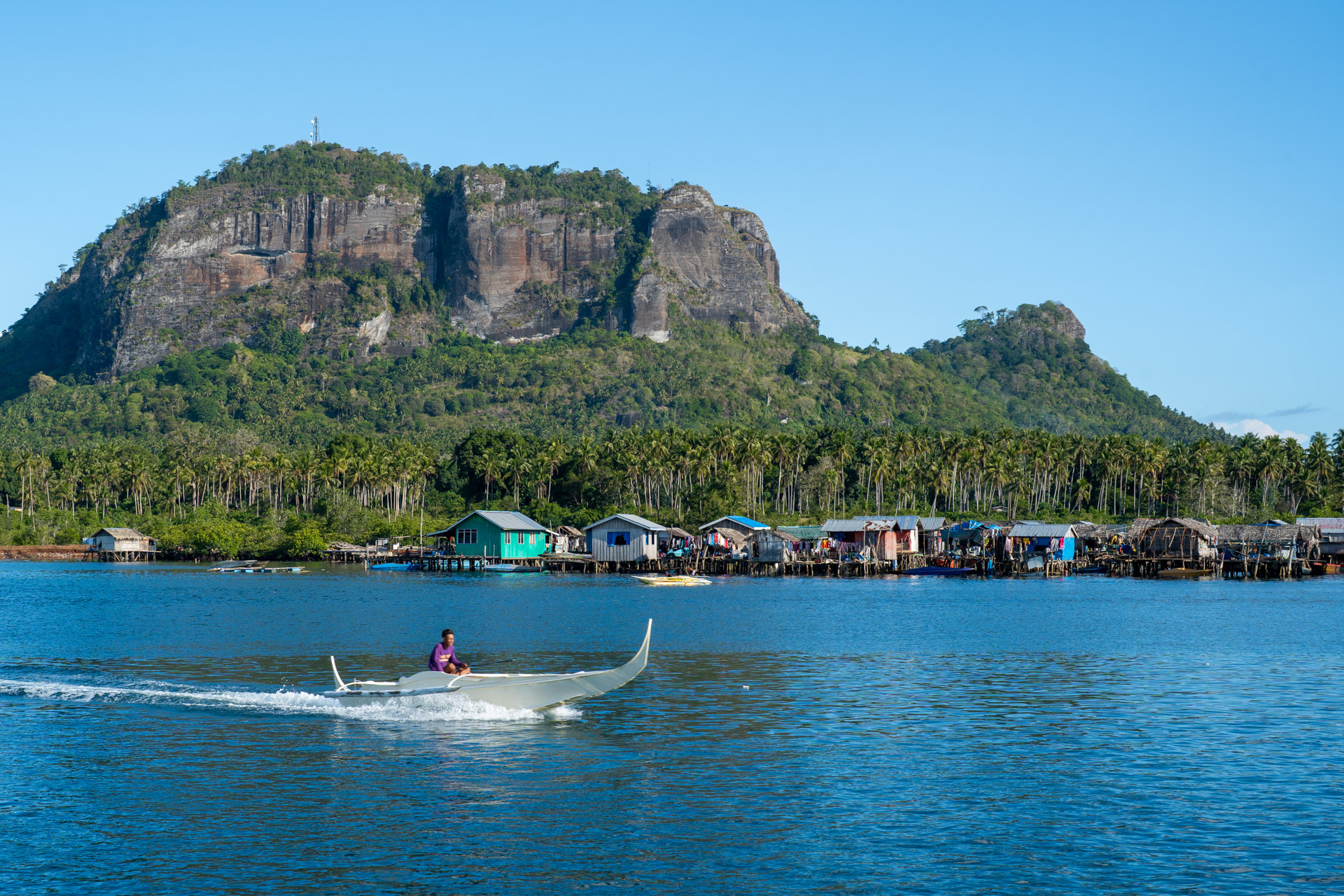
Extreme climate and economic challenges force many farmers in the islands to migrate despite wanting to stay. Photo: IOM Philippines/Andrea Empamano
Tawi-Tawi farmers who choose to stay despite challenging circumstances need support to create a more climate-resilient farming system, enhance their entrepreneurial skills, and access resources to strengthen their communities.
IOM Philippines is working with the Tawi-Tawi seaweed farmers and other communities affected by the climate crisis, including farmers and fisherfolk, women, the elderly and the urban poor. IOM is engaging them in climate resilience discussions to help mitigate the negative impacts of the climate emergency in the Philippines and exploring solutions led by communities.
Story by Francis Borja and Andrea Empamano, IOM Philippines.



